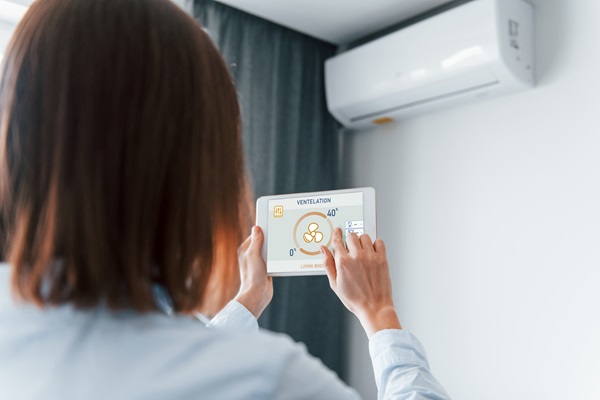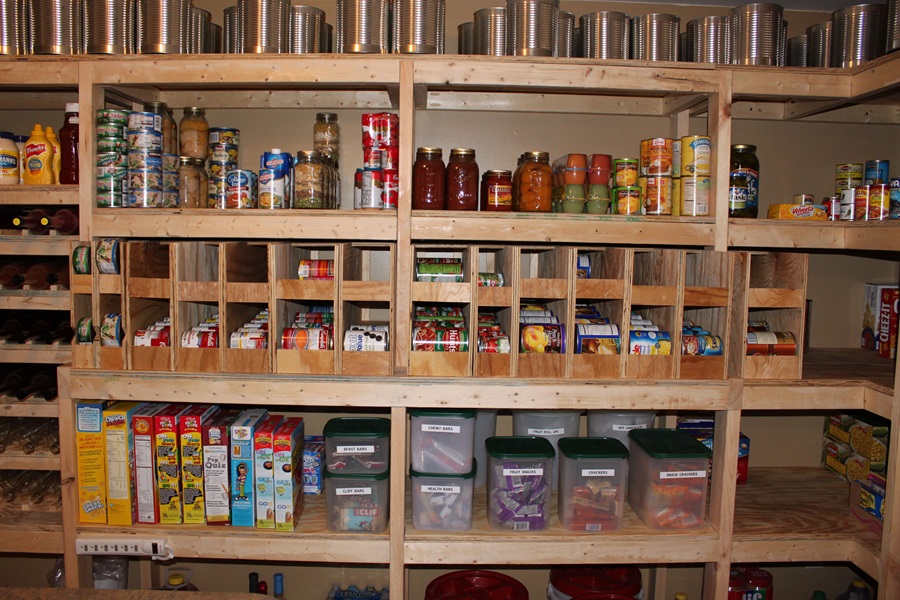Air ducts, the silent pathways of fresh air in our homes, often remain out of sight and out of mind, leading to neglect in their maintenance. However, the cleanliness of these ducts plays a crucial role in the air quality of a living space, impacting the health and the efficiency of heating, ventilation, and air conditioning (HVAC) systems. Over time, dust, allergens, pet dander, and even mold accumulate in these unseen passages. This article offers a comprehensive guide to cleaning air ducts, detailing a step-by-step approach to ensure a healthier, more efficient home environment.
Contents
Understanding Your Air Duct System

Before diving into cleaning, it’s vital to understand the air duct system running through a home. Typically, these systems are a network of tubes in walls, floors, and ceilings, circulating air from the HVAC system into rooms. The design and material of ductwork can vary, from flexible plastic and fiberglass duct board to metal. Recognizing the type of ductwork is the first step in determining the right cleaning approach, as different materials may require different handling and cleaning techniques.
Familiarity with the system also aids in identifying problem areas. Ducts with sharp bends or long horizontal runs are more prone to collect dust and debris. Knowing the layout helps focus cleaning efforts where they are most needed, ensuring a thorough and effective cleaning process.
Preparing for the Clean-up

Preparation is key for a successful duct cleaning process. Homeowners must gather essential tools such as heavy-duty vacuums, soft-bristled brushes, and microfiber cloths. Protective gear like gloves, masks, and goggles is crucial for safety, especially in older homes where ducts might contain asbestos or lead paint.
Before cleaning, it’s important to cover furniture and ensure good ventilation to prevent the spread of dislodged dust and debris. The HVAC system should be turned off to avoid circulating dust during the cleaning process. Covering vents with plastic sheeting can also help contain dust and debris.
Initial Inspection

A preliminary inspection of the air ducts can reveal the extent of cleaning required. Homeowners can remove vent covers and use a flashlight and mirror to inspect the ducts. Signs of excessive dust buildup, pest infestation, or mold growth indicate the need for cleaning.
If the inspection uncovers serious issues like mold or structural damage, it may be wise to consult a professional. However, a careful DIY approach can be sufficient for regular dust and debris. This initial inspection is crucial in deciding whether to proceed with a DIY cleaning or seek professional help.
Cleaning the Registers and Grills

The cleaning process begins with the registers and grills. These are removed for easier access and cleaned separately. A mixture of warm water and mild detergent is usually sufficient to clean these components. For stubborn grime, a soft-bristled brush can gently scrub the surfaces.
After cleaning, it’s important to dry the registers and grills completely before reattaching them. This prevents moisture from entering the duct system, which can lead to mold growth. A thorough cleaning of these parts improves air quality and enhances the HVAC system’s efficiency.
Deep Cleaning the Ducts

Accessing the ducts often involves removing vent covers or panels. Homeowners can then use a vacuum with a long hose attachment to remove dust and debris within the ducts. It’s important to reach as far into the ductwork as possible to ensure a comprehensive cleaning.
A long-handled brush can dislodge dust and debris from areas where the vacuum can’t reach. The brushing should be gentle to avoid damaging the ducts, especially if they are made of flexible materials. Once loosened, the debris can be vacuumed, leaving the ducts cleaner and aiding in better air circulation.
Handling Mold and Mildew

Mold and mildew in air ducts are serious concerns affecting indoor air quality and health. If mold is spotted during cleaning, it’s important to address it immediately. A solution of water and mild detergent can be used to clean the affected area, but bleach should be avoided as it can damage the ductwork material.
In cases of extensive mold growth, it may be necessary to call in a professional. They can determine the cause of the mold and suggest ways to prevent future growth, such as improving insulation or fixing leaks that contribute to moisture buildup.
Final Steps and Maintenance

After cleaning the ducts, replacing the air filters is a crucial final step. Clean filters improve air quality and enhance the efficiency of the HVAC system. It’s also a good time to check and seal any leaks in the ductwork and ensure they are properly insulated.
Regular maintenance, including periodic cleaning and filter replacement, can keep the air ducts in optimal condition. This not only maintains a healthy indoor environment but also prolongs the life of the HVAC system, saving homeowners money in the long run.
The Benefits of Clean Air Ducts

Clean air ducts contribute significantly to the overall well-being of a home’s inhabitants. They improve indoor air quality by reducing the amount of dust, allergens, and other pollutants circulating in the air. This is particularly beneficial for individuals with allergies or respiratory issues.
Additionally, clean ducts enhance the efficiency of HVAC systems, reducing energy costs. Regular cleaning and maintenance can prevent costly repairs and extend the system’s life, offering long-term financial benefits.
The Bottom Line
Cleaning air ducts is vital to maintaining a healthy, efficient home environment. While it may seem daunting, following this step-by-step guide can simplify the process. Regular cleaning improves air quality and enhances the performance of HVAC systems, leading to health benefits and cost savings. Homeowners are encouraged to incorporate duct cleaning into their regular home maintenance schedule to enjoy a healthier living space.


